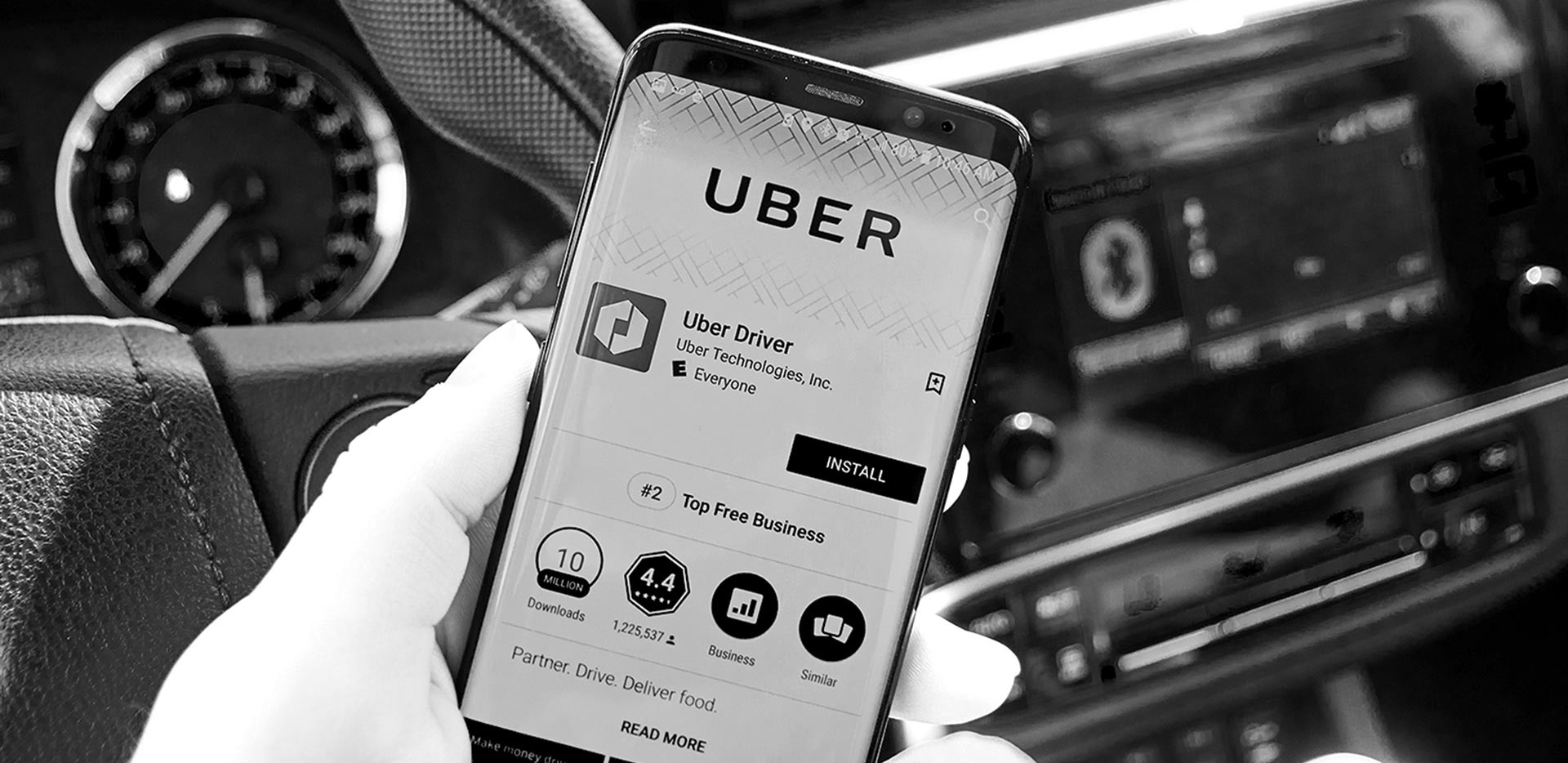Jean-Philippe Warren, a professor in Concordia’s Department of Sociology and Anthropology, came to a similar conclusion while writing a book about the history of taxi drivers, including Uber drivers, in Montreal.
“Drivers are now connected to a computer that dictates their job,” Warren says. “GPS steers them almost like a coachman steers a horse.” Plus, they typically need to work long hours to make a living wage.
“Proud of their independence, they nevertheless feel like prisoners,” he writes in Histoire du taxi à Montréal (Éditions du Boréal, 2020). “They can stop working whenever they like, yet they work unceasingly.”
There is one notable difference between taxi drivers and their ride-hailing-app counterparts, according to Warren. “Most Uber drivers work part-time or for a short period,” he says. “Ninety-five per cent of the people who register to become Uber drivers are gone after a year. They don’t feel as much like prisoners as regular taxi drivers do, because they don’t intend on making a living out of this occupation for long.”
One of the many steps companies could take to enhance gig workers’ sense of autonomy — and perhaps also retain them for longer — is to offer them meaningful choices, Jabagi suggests. For example, instead of merely threatening to deactivate a worker who doesn’t initially perform as well as hoped, an app could echo what a human trainer would say, such as: Here are three areas where you have room to improve. Which one would you like to focus on? Here are some strategies that might help.
“This is an example of what we call user-centred gamification,” Jabagi says. “There’s more agency in it.” Jabagi recognizes that even the most thoughtfully designed app wouldn’t always make workers feel adequately supported. “An algorithm can only go so far,” she says. “There has to be a way for workers to meaningfully reach a human being when necessary.”
Despite its current shortcomings, Jabagi sees hope for the future of the digitally-mediated segment of the gig economy. “The reality is that these platforms are not hard to reproduce,” she says. “The technology is easily copied, and then it’s a matter of getting a critical mass of users. We’re already seeing platform co-operatives that are growing.”
She points to the Montreal-based driving co-op Eva as a local example. Eva’s drivers take part in company decision-making and bring home a larger share of its income. “I think there’s room for socially conscious options, even though customers might have to pay more,” Jabagi adds. “A lot of the dominant companies are operating on models that are hemorrhaging money. They’ve cut prices so much that the only place to get more money is out of workers’ pockets. I don’t think it’s sustainable to keep treating workers like they don’t matter.”
Supporting freelancers during turbulent times



 Nura Jabagi, MBA 14, PhD 21
Nura Jabagi, MBA 14, PhD 21
 Jean-Philippe Warren
Jean-Philippe Warren
 Mostafa Ayoobzadeh, PhD 19
Mostafa Ayoobzadeh, PhD 19